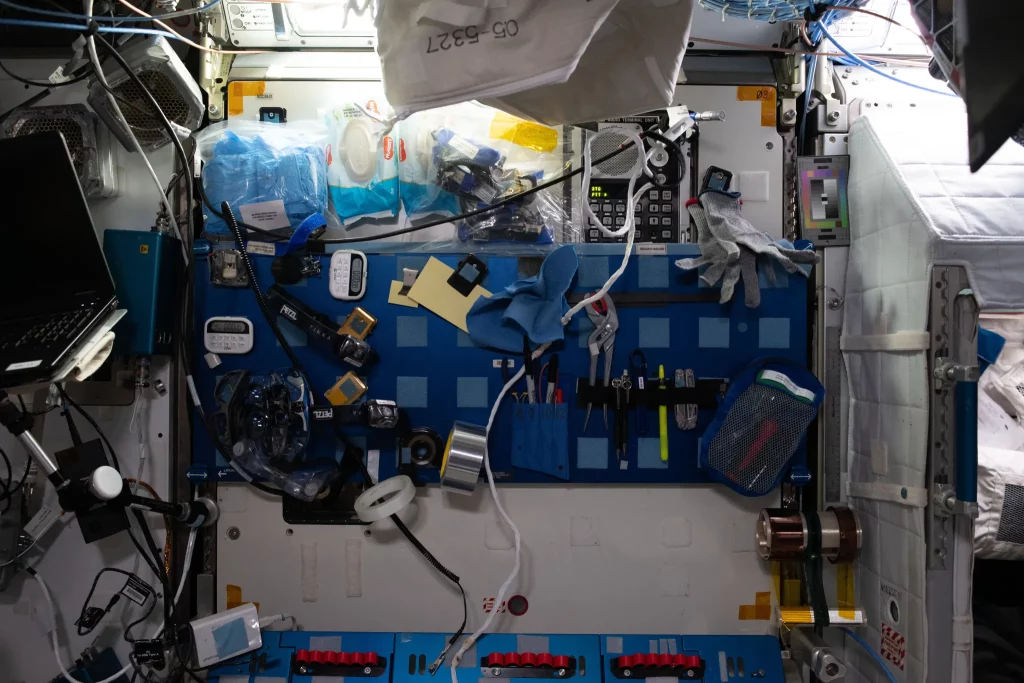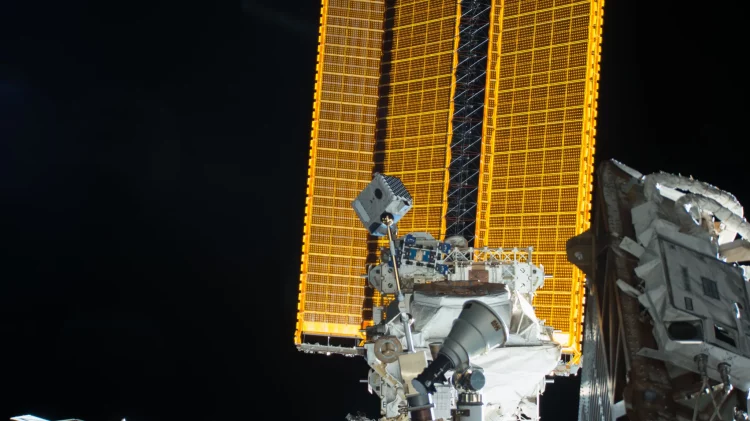1. Introduction
The International Space Station (ISS) continues to be a pivotal platform for scientific research and international collaboration. As of August 16, 2024, a range of groundbreaking experiments and technological advancements are taking place aboard the ISS, contributing significantly to our understanding of science and technology in space. This article delves into the latest developments from the ISS, highlighting recent scientific discoveries, technological innovations, and future directions for research aboard the station.
2. Recent Scientific Discoveries
2.1 Advancements in Human Health Research
Human health research aboard the ISS has made notable strides, addressing critical issues related to long-term spaceflight and its effects on the human body:
- Muscle Atrophy and Bone Density: Experiments have provided new insights into muscle atrophy and bone density loss experienced by astronauts during extended missions. Research is focusing on countermeasures to mitigate these effects, including exercise regimens and dietary supplements.
- Immune System Function: Studies are investigating how spaceflight affects the immune system, with the goal of developing strategies to enhance immune response and reduce the risk of infections in space.
2.2 Space Microgravity Research
Microgravity aboard the ISS offers a unique environment for studying fundamental physical processes that are not possible on Earth:
- Fluid Dynamics: Recent experiments in fluid dynamics have improved our understanding of how fluids behave in microgravity. This research has implications for various applications, including fuel management in spacecraft and the design of more efficient fluid systems.
- Material Science: The ISS provides a platform for studying the properties of materials in space, leading to advancements in the development of new materials with enhanced properties for use in various industries.
2.3 Biological and Biomedical Research
Biological research aboard the ISS has expanded our knowledge of how organisms adapt to the space environment:
- Plant Growth: Experiments on plant growth in space are exploring how plants respond to microgravity and radiation. Findings from these studies are crucial for developing sustainable life support systems for future long-duration missions.
- Microbial Behavior: Research on microbial behavior in space is providing insights into microbial adaptation and resistance, which is essential for maintaining the health and safety of astronauts and ensuring the cleanliness of spacecraft.

3. Technological Innovations
3.1 Advanced Space Technologies
The ISS is a testing ground for new technologies that will be crucial for future space missions and exploration:
- Robotic Systems: Recent advancements in robotic systems on the ISS include improvements in robotic arms and autonomous spacecraft docking systems. These technologies are essential for future missions to the Moon and Mars, where precision and automation will play a key role.
- In-Space Manufacturing: The ISS has been used to test in-space manufacturing technologies, including 3D printing and material processing. These innovations have the potential to revolutionize space infrastructure by enabling the production of tools, parts, and structures directly in space.
3.2 Environmental Monitoring and Sustainability
Environmental monitoring and sustainability efforts on the ISS are focused on understanding and minimizing the environmental impact of space operations:
- Space Debris Tracking: The ISS continuously monitors space debris to avoid potential collisions. Advances in tracking technologies are improving the accuracy of space debris predictions and helping to ensure the safety of the station and its crew.
- Waste Management: Innovative waste management systems aboard the ISS are being tested to reduce the environmental impact of space missions. These systems include advanced recycling technologies and waste processing methods.
4. International Collaboration
4.1 Partnerships with Space Agencies
The ISS is a symbol of international cooperation, with contributions from space agencies around the world:
- NASA and ESA: NASA and the European Space Agency (ESA) continue to collaborate on various research projects and experiments aboard the ISS. Recent joint efforts include studies on human health, material science, and space technology.
- Roscosmos: The Russian space agency Roscosmos plays a vital role in supporting the ISS, providing spacecraft, modules, and scientific expertise. Collaborative research between Roscosmos and other international partners is ongoing.
4.2 Contributions from International Partners
International partners contribute to the ISS through scientific experiments, technology development, and mission support:
- JAXA: The Japan Aerospace Exploration Agency (JAXA) is involved in research related to space agriculture, materials science, and space robotics. JAXA’s contributions enhance the diversity and scope of research conducted aboard the ISS.
- CSA: The Canadian Space Agency (CSA) provides advanced robotic systems and support for various experiments on the ISS. CSA’s contributions are critical for the operation and maintenance of the station’s robotic arms and other systems.
5. Future Directions for ISS Research
5.1 Upcoming Experiments and Missions
The future of research aboard the ISS is set to include a range of exciting experiments and missions:
- Artemis Program Support: The ISS will continue to support NASA’s Artemis program, which aims to return humans to the Moon and establish a sustainable presence. Research on the ISS will provide valuable data for the development of technologies and strategies for lunar exploration.
- Mars Missions Preparation: Preparations for future missions to Mars are underway, with ISS research contributing to our understanding of long-duration spaceflight, life support systems, and radiation protection.
5.2 Enhancing Space Habitation
Future research on the ISS will focus on improving space habitation and sustainability:
- Habitat Design: Studies on habitat design and construction will address the challenges of living and working in space. Innovations in habitat design will contribute to the development of more efficient and comfortable living environments for astronauts.
- Life Support Systems: Research on advanced life support systems will ensure the reliability and efficiency of systems that provide air, water, and food to astronauts during extended missions.
5.3 Expanding International Collaboration
The ISS will continue to be a hub for international collaboration in space research:
- New Partnerships: Efforts will be made to expand partnerships with emerging space agencies and private companies. Collaborative projects will enhance the capabilities and reach of space research.
- Global Research Initiatives: The ISS will participate in global research initiatives addressing challenges such as climate change, space weather, and sustainable development. International cooperation will be key to addressing these complex issues.
6. Conclusion
The International Space Station remains a cornerstone of space exploration and scientific research. The recent advancements and discoveries aboard the ISS reflect the ongoing commitment to understanding the effects of space on science and technology. From human health research to technological innovations, the ISS continues to push the boundaries of what is possible in space.
As we look to the future, the ISS will play a crucial role in supporting NASA’s Artemis program, preparing for Mars missions, and fostering international collaboration. The continued success of the ISS underscores the importance of space research in advancing our knowledge and capabilities, paving the way for future exploration and discovery.
The contributions of international partners, advancements in technology, and ongoing research efforts highlight the significance of the ISS in addressing the challenges of space exploration and expanding our understanding of the universe. The ISS stands as a testament to the power of collaboration and innovation in achieving our goals in space.


















































Discussion about this post